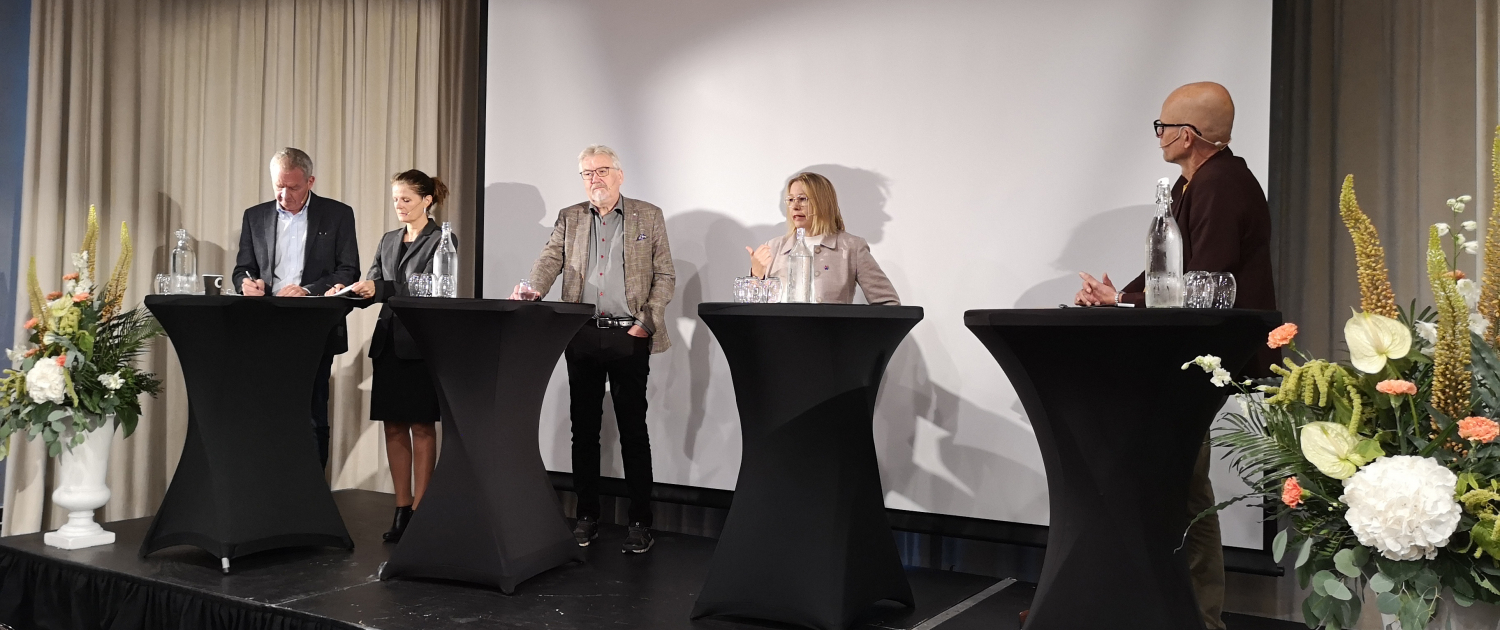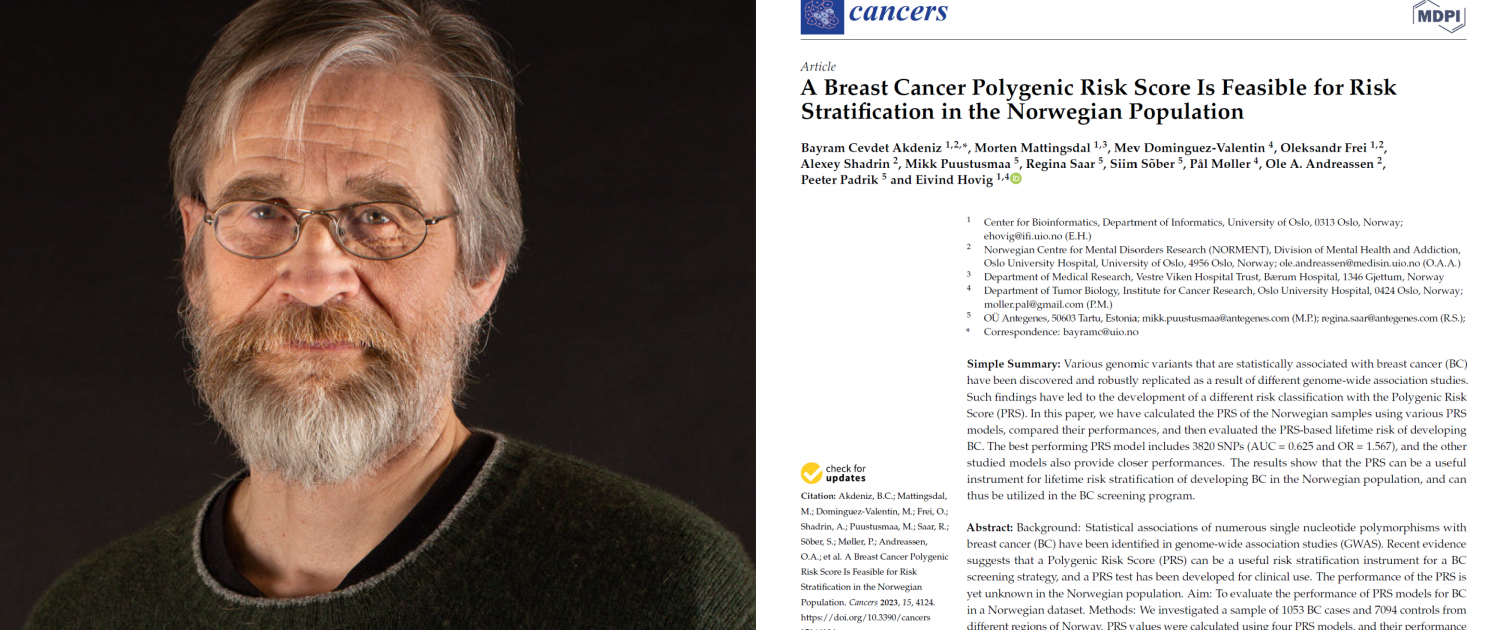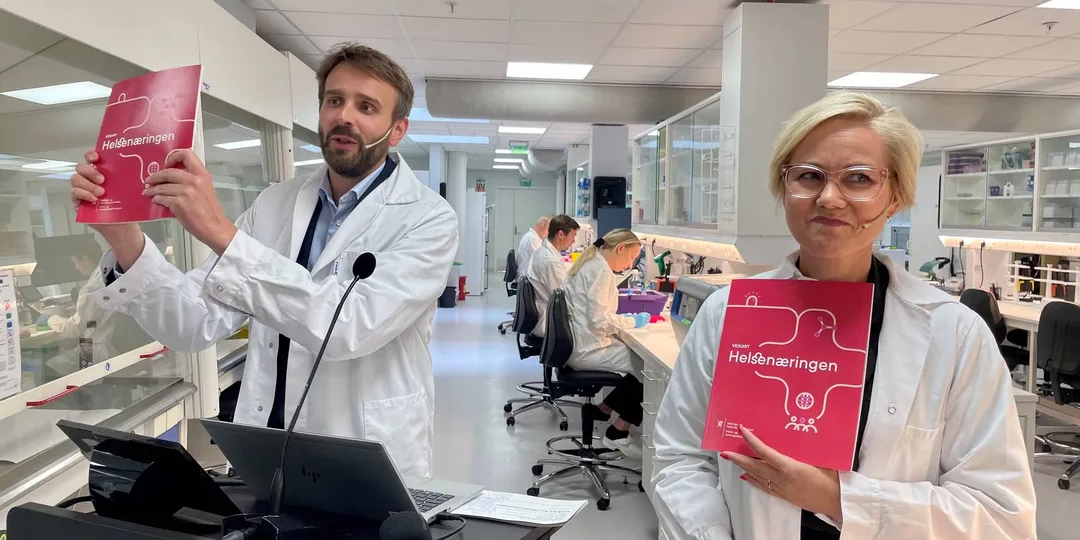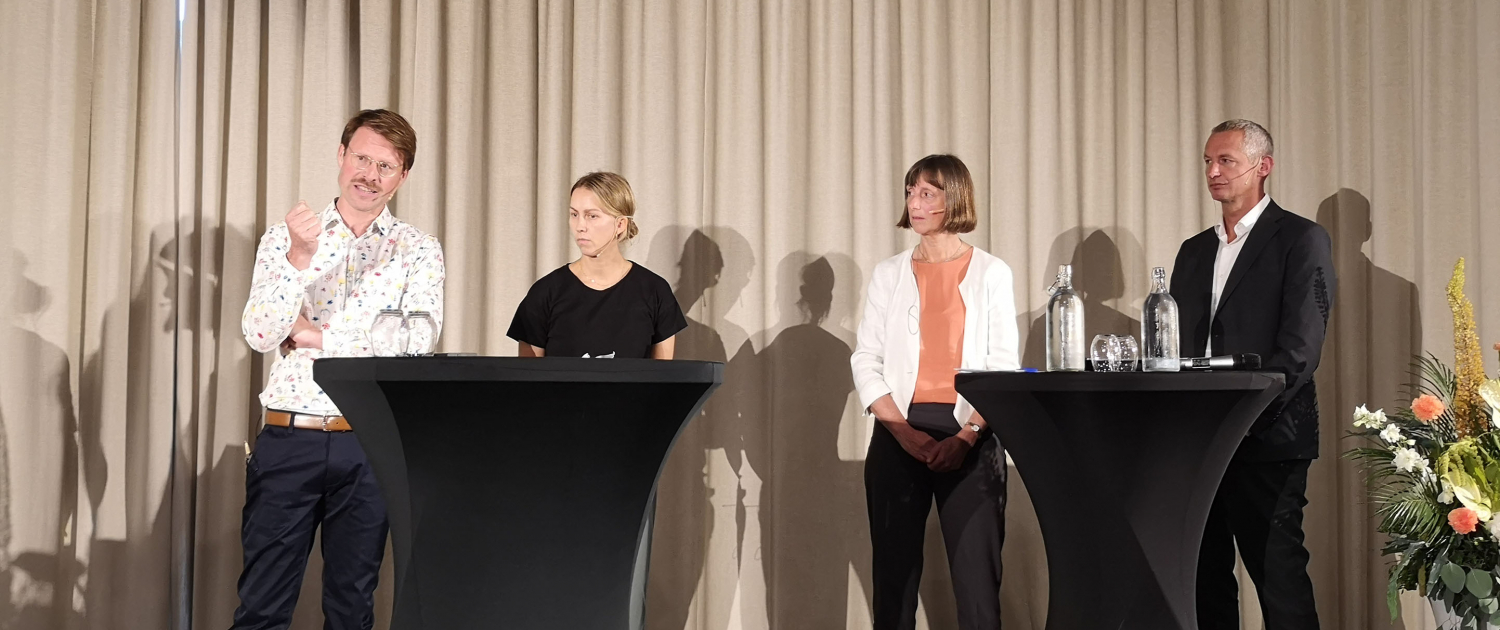
Norway needs more big companies to deliver on the Mission on Cancer.
The European Union has launched the Mission on Cancer with the goal to improve the lives of 3 million Europeans. In the recent meeting Fremtidens kreftbehandling during Arendalsuka, key experts and politicians gathered to discuss the implications of this for Norway. See the meeting here. See the meeting here.
“With missions, we need to mobilise all resources in society towards a common goal. This is a new way to work and it challenges the established system. It is a historic investment from the EU; they are leaving no stone unturned in the fight against cancer,” said Astrid Bjerke, strategic adviser for the Norwegian Cancer Society.
A Norwegian Cancer Mission Hub has already been set up in Norway by several stakeholders, including Cancer Society, Oslo Cancer Cluster, The Research Council, The Norwegian Health Directorate, the Cancer Registry of Norway, and more.
“Norway is a part of the Mission on Cancer and this is important both for the ministry and from political leadership. EU has seen that we have to work together in the area of health. It is important that Norway is a part of this, because it also gives us possibilities.
“We have a great health service and fantastic health data, which we need to take better advantage of. We have a high degree of knowledge and fabulous research environments, as well as a population with a high degree of trust. Many positive things are happening, but we need to attract the big companies and their competence,” said Cathrine Lofthus, Secretary General of the Ministry of Health and Care Services.
Successful industry collaborations
Idar Kreutzer, director of The Confederation of Norwegian Enterprise (NHO), gave several historic examples of how Norway has built industries based on public-private collaboration, such as water power and the oil industry.
“We were impressed when we saw the power of the development of vaccines during the pandemic, which was a real collaboration between authorities, researchers and industry – with impressive results! The health industry is already exporting for more than NOK 20 billion per year, but the potential is even larger and Norway has perfect conditions to grow a health industry,” said Kreutzer.
One example of a current collaboration between academia and industry is the Oslo Cancer Cluster Innovation Park, which is expanding and has recently signed a lease agreement with the global company Thermo Fisher Scientific.
“We are doing many of the right things in Norway from basic research to patient treatment, but we need to look at the whole ecosystem. We built this ecosystem in miniature around the Radium Hospital, because this is where most of the cancer patients come through and most cancer research is done. It has been a difficult journey, but we have a very exciting pipeline with several up-and-coming companies and promising treatments,” said Jónas Einarsson, CEO of Radforsk Investment Fund and founder of Oslo Cancer Cluster.
Is there political will?
There seemed to be broad political consensus around the Cancer Mission among the politicians at the meeting.
“Missions and the EU’s work in this area is a part of our new cancer strategy and we have to collaborate on this, as well as collaborate with the EU. The mission concept is nothing new. It is first and foremost about achieving collaboration between the health service and the industry. Our cancer strategy will lay the basis for this: to gather all resources around a common goal,” said Even Røed, the Labour Party (Norway).
“We need to replace the income from oil and gas with new industries, which need to have large potentials. All Nordic countries have managed to make their health industries grow. Now we have the opportunity in Norway. The health service, academic milieus and industry are already gathering momentum, but there is a lack of political will. Norway has joined the Mission on Cancer, but how will it be implemented in Norway? There needs to be political will to build the health industry,” said Alfred Bjørlo, the Liberal Party (Norway).
“This is a really exciting method, to involve civil society, industry and academic milieus. I am most concerned about this being politically anchored. Will we see it when the new Cancer Strategy is presented? Will we see the Minister of Health together with the Minister of Industry and a representative from the European Union? Will we be connected to the Europen Union, or will this be a Norwegian hobby project, where we don’t take advantage of the big advantages we have?” asked Kristoffer Robin Haug, Green Party (Norway).
The meeting was organised by Oslo Cancer Cluster, the Norwegian Cancer Society, Legemiddelindustrien LMI, MSD Norway, Janssen Norway and AstraZeneca Norway. Thank you to our collaboration partners!
The post Arendalsuka: – We need to attract the big companies first appeared on Oslo Cancer Cluster.







